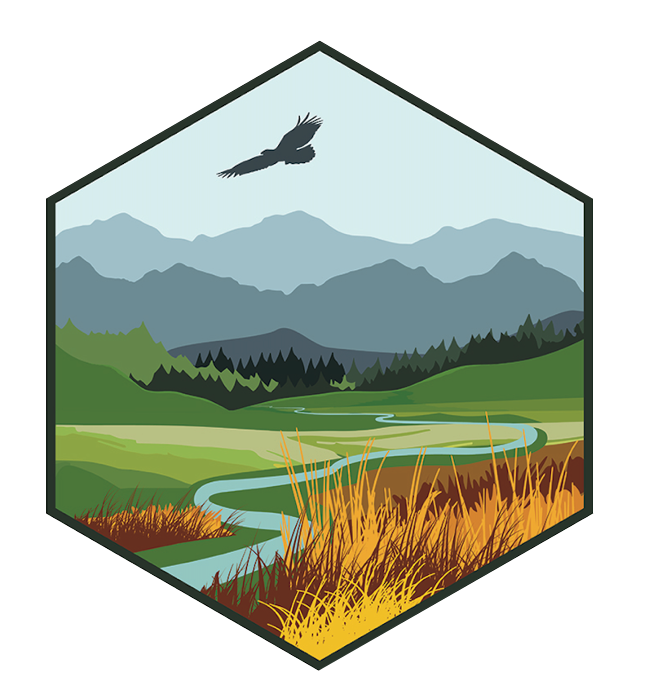Welcome Megan Moore!
Megan Moore is an ORISE stakeholder engagement fellow with the North Central and Northwest Climate Adaptation Centers. She is a social scientist with a research background in rural community transitions, climate adaptation strategies, and community resilience across the U.S. West.
New International Working Group
On May 15 - 17, NC CASC climate science lead, Dr. Imtiaz Rangwala, participated in a new multi-disciplinary and international working group effort related to conservation of grassland birds (from Mexico to Canada) in Santa Barbara, CA.
Welcome to Nadine Golden!
Nadine Golden is joining us on a 120-day detail as the Assistant Regional Administrator (formerly titled Deputy Director) for the North Central Climate Adaptation Science Center.
Prairie Climate Companion: Wild & Prescribed Fire
Fire is an important natural disturbance process in grassland ecosystems. Observed and projected increases in wildfire frequency and size are expected from increases in aridity and changes in fuel characteristics.
CIRES Rendezvous 2023
Members of the NC CASC presented posters during the annual CIRES Rendezvous on the University of Colorado Boulder main campus. Dr. Heather Yocum presented on the Grasslands Synthesis Project, while Dr. Ulyana Peña presented on the NC CASC as a center - what does it do and who does it serve. Dr. Imtiaz Rangwala was recognized for 10 years of service to CIRES.
NC CASC webinar available online
This webinar discusses findings from the Grasslands Synthesis Project, recently published as USGS Open File-Report 2023-1037 and USGS Open File-Report 2023-1036. Grasslands in the Great Plains are of ecological, economic, and cultural importance in the United States, and understanding how climate change and variability will impact these ecosystems is crucial for successful grassland management in the 21st century.
Contact Us
Want to see more? Do you have feedback? Was this site helpful? Send us an email!



